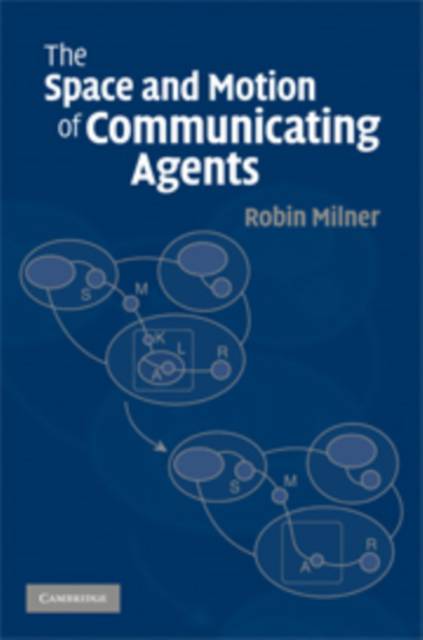
- Afhalen na 1 uur in een winkel met voorraad
- Gratis thuislevering in België vanaf € 30
- Ruim aanbod met 7 miljoen producten
- Afhalen na 1 uur in een winkel met voorraad
- Gratis thuislevering in België vanaf € 30
- Ruim aanbod met 7 miljoen producten
Zoeken
Omschrijving
The world is increasingly populated with interactive agents distributed in space, real or abstract. These agents can be artificial, as in computing systems that manage and monitor traffic or health; or they can be natural, e.g. communicating humans, or biological cells. It is important to be able to model networks of agents in order to understand and optimize their behavior. Robin Milner describes in this book just such a model, by presenting a unified and rigorous structural theory, based on bigraphs, for systems of interacting agents. This theory is a bridge between the existing theories of concurrent processes and the aspirations for ubiquitous systems, whose enormous size challenges our understanding. The book is self-contained mathematically and is designed to be learned from: examples and exercises abound, solutions for the latter are provided.
Specificaties
Betrokkenen
- Auteur(s):
- Uitgeverij:
Inhoud
- Aantal bladzijden:
- 214
- Taal:
- Engels
Eigenschappen
- Productcode (EAN):
- 9780521490306
- Verschijningsdatum:
- 19/03/2009
- Uitvoering:
- Hardcover
- Formaat:
- Genaaid
- Afmetingen:
- 150 mm x 229 mm
- Gewicht:
- 430 g

Alleen bij Standaard Boekhandel
+ 259 punten op je klantenkaart van Standaard Boekhandel
Beoordelingen
We publiceren alleen reviews die voldoen aan de voorwaarden voor reviews. Bekijk onze voorwaarden voor reviews.











